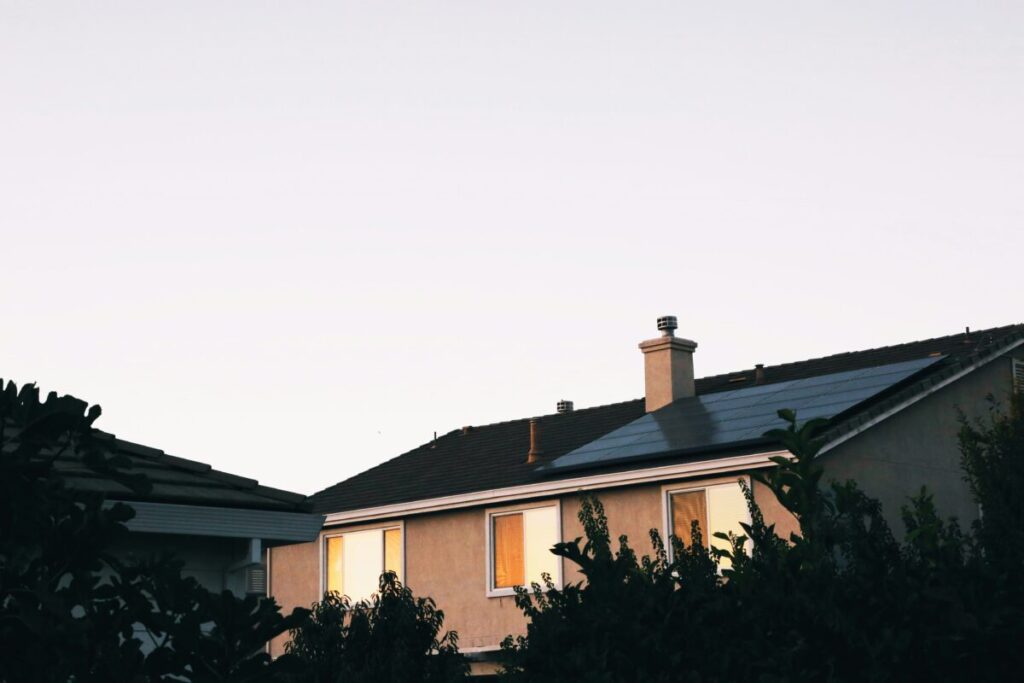
Ahead of the Scottish budget on 4 December, Scotland’s leading solar industry trade body is calling for the government to reinstate loans for home solar power.
In a letter to Scottish First Minister John Swinney, Solar Energy Scotland (SES) chair Josh King urged the Scottish government to bring back the interest-free loans available for Scottish households wishing to install solar panels or battery energy storage systems (BESS) at home, after the previous scheme was withdrawn in June of this year without notice. Before this year’s abrupt withdrawal, eligible households could receive up to £11,500 in grants, as well as interest-free loans, to install air source heat pumps, solar panels, and BESS. While funding is still available for air source heat pump installations, solar and BESS are no longer part of the scheme.
In his letter, King states: “We fully understand the budgetary pressures faced by the Scottish government and acknowledge that grant funding has been refocused on decarbonising heat through measures such as heat pumps. However, solar and storage technologies are unique in their ability to offer quick, tangible energy savings for households.”
“Solar and battery technologies are mature, proven and easily understood by consumers, making them ideal for government-supported loans, rather than cost-constrained grants,” he added.
King notes that reinstating interest-free finance would be a “minimal cost solution compared to the grants available for heating and fabric measures”, which would also reduce the need to upgrade Scotland’s power networks.
SES calculations estimate that every £10 million allocated to interest-free solar and battery loans—all of which would be repaid—would lead to up to 1,000 households installing these technologies. Each of these households would save an estimated £900 on their energy bills a year.
Reinstating interest-free loans could trigger rooftop solar boom
In June of this year, just days before removing interest-free finance for home solar, the Scottish government made major reforms to the permitted development rights system for rooftop solar, removing the need to obtain planning permission to install rooftop solar at home. Under the new regulations, homeowners can install flat roof solar panels without obtaining planning consent, as long as the panels do not protrude more than one metre from the roof surface.
However, SES has also raised concerns about the progress of rooftop solar for both homes and public buildings. It notes that the Scottish government’s suggestion that new buildings be built to the Passivhaus ‘Classic’ energy efficiency standard is outdated, as the Passivhaus Classic energy efficiency standard has been superseded by the ‘Plus’ and ‘Premium’ forms.
Unlike Classic, both of the newer versions of the standard mandate the installation of renewable energy systems in new buildings. SES also criticized the government’s failure to mention solar power in any form when proposing the new standard for buildings.

